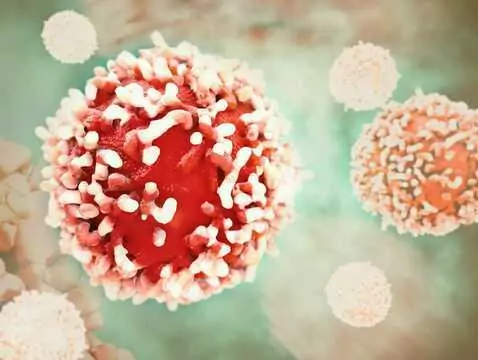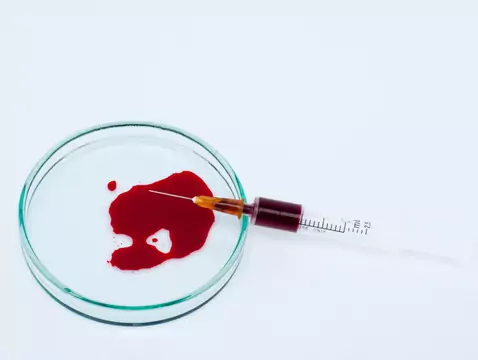Healthy skin protects our body against various microorganisms. The basic element of this protection is the epidermis, especially the stratum corneum and the lipid coat on its surface. Additional defence against pathogenic microorganisms is provided by specific and non-specific immune mechanisms. Also, the acid reaction on the skin surface (pH 5.4 - 5.9) favours relatively less harmful bacteria and protects against pathogenic strains.
Streptococcal infections - Rosacea(erysipelas)
A common, acute, erythematous, rapidly spreading skin infection with associated general symptoms. The aetiological agent is usually Streptococcus pyogenes, rarely other streptococci and other bacteria. Historically, the disease was more common on the face, but nowadays the most common location is the lower extremities, as well as the arms in patients after mastectomy and removal of lymph nodes. Infection occurs with localised skin lesions associated with herpes virus infection, interdigital tinea pedis, ulcers of the lower legs.
Initially there is a painful erythema, clearly demarcated from the surrounding area. Most patients present with fever, chills and lymphadenopathy. In some cases, more severe forms of erythema may develop: bullous, haemorrhagic or gangrenous, and in extreme cases, purulent.
We differentiate the lesions from acute contact dermatitis, but in this case no general symptoms are found. Also quite similar are the early phase of hemiplegia and erythema migrans. Erythema nodosum differs in its slower course. In lupus erythematosus there are other skin lesions and organ manifestations.
Treatment consists of soda compresses or 2% ichthyol solution. In general treatment, penicillin is most commonly used due to the high sensitivity of streptococci to this antibiotic. In cases of allergy to penicillin, erythromycin is usually administered.
Impetigo contagiosa- infections of mixed staphylococcal and streptococcal aetiology
It is a common superficial skin infection occurring in children. The aetiological agent is Staphylococcus aureus and Streptococcus pyogenes. Lichen planus is highly infectious, and often several children from one environment (family, nursery) become ill at the same time. In cultures, S. aureus and Str.pyogenes are often found simultaneously.
The initial symptoms are small, pint-sized vesicles on an erythematous base. They are difficult to see, as they burst very quickly transforming into characteristic thick honey-coloured scabs. The lesions tend to spread and merge. They most often occupy the face, especially around the nose and mouth, as well as the neck and hands.
The prognosis is good, with a good response to treatment. The most severe complication is glomerulonephritis, if the infection was caused by kidney-damaging strains. The incidence of this complication is estimated to be around 4%. In case of any suspicion, a urine test should be performed on the child.
Infectious impetigo should primarily be differentiated from secondary herpes simplex virus (HSV) infection. Herpes lesions are more likely to occupy mucous membranes and have a greater tendency to form in polycyclic patterns. Also, scabs and oozing may be present in some dermatophyte infections, especially in infections with animal pathogens.
Treatment depends on the extent of the skin lesions. If few lesions are present, external treatment with an antibiotic, usually mupirocin or fusidic acid, is sufficient. In patients with limited disease, the topical use of mupirocin or fusidic acid is as effective or even more effective than generally administered antibiotics and causes fewer side effects. In contrast, for extensive lesions, it is safer to include general treatment with semisynthetic penicillins. Reliable data comparing the efficacy of topical and general treatment in patients with extensive skin lesions are lacking.









